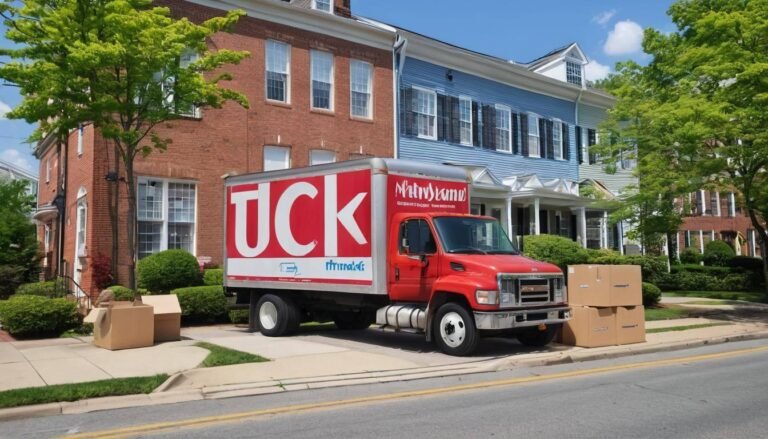Balancing Speed and Sustainability in Shipping
In today’s fast-paced world, businesses are constantly striving to meet customer demands for rapid delivery without compromising their environmental commitments. But can speed and sustainability coexist in shipping? The answer isn’t straightforward, but with the right approach, companies can strike a balance that keeps customers happy and minimizes their ecological footprint. Let’s dive into how businesses can enhance their shipping strategies to achieve both fast and eco-friendly results.
The Push for Faster Shipping
There’s no denying that speed has become a crucial factor in shipping. Customers expect quick turnarounds and companies that can’t deliver risk losing out to competitors. Whether it’s next-day delivery or even same-day service, speed is king. This push for faster shipping has led to an increase in the number of delivery vehicles on the road, as well as the demand for air freight, both of which contribute significantly to carbon emissions. Businesses are often caught between a rock and a hard place, trying to meet customer expectations without adding to their carbon footprint. So, how can companies keep pace without sacrificing their environmental values?
Green Shipping Practices: Small Changes, Big Impact
The good news is that shipping doesn’t have to be an all-or-nothing choice between speed and sustainability. By adopting green shipping practices, businesses can reduce their environmental impact while still meeting delivery demands. For starters, optimizing delivery routes with AI and advanced logistics software can minimize travel distances and fuel consumption. Electric delivery vehicles and bikes are becoming increasingly popular in urban areas, offering a cleaner alternative to traditional gas-guzzling trucks. These small changes can significantly cut emissions and help businesses demonstrate their commitment to greener practices.
In addition to route optimization and electric vehicles, companies can invest in eco-friendly packaging to reduce waste. Switching from plastic to recyclable or biodegradable materials might seem like a small step, but it adds up, especially at scale. Furthermore, using packaging that fits the size of the product can reduce the overall weight of shipments, leading to lower fuel consumption. All of these measures, while minor on their own, collectively contribute to a more sustainable shipping strategy that doesn’t compromise on speed.
Read Also: Automation Tools to Scale Your Business Efficiently
Carbon Offsetting: Making Up for Emissions
Even with the best efforts to reduce emissions, some level of environmental impact is inevitable. This is where carbon offsetting comes into play. By investing in projects that capture or reduce CO2—like reforestation or renewable energy initiatives—businesses can compensate for the emissions their shipping activities produce. Carbon offset programs offer a way to neutralize the environmental toll of fast shipping and provide an opportunity for companies to highlight their sustainability efforts to eco-conscious consumers.
However, it’s important for businesses to carefully vet the offset projects they support to ensure they are legitimate and truly making a difference. Not all carbon offsets are created equal, and the last thing any company wants is to be accused of “greenwashing.” Being transparent about offsetting efforts and continuously seeking ways to reduce emissions at the source are key to building credibility and trust.
Balancing Costs and Benefits
One of the biggest challenges businesses face is managing the costs associated with sustainable shipping. Electric vehicles, eco-friendly packaging, and carbon offsets can add up, and companies must weigh these expenses against the benefits of speed and customer satisfaction. This is where strategic decision-making comes into play. Businesses need to determine which investments make the most sense for their operations and where they can get the best return.
For example, a company might decide to offer ultra-fast delivery only for high-priority items or premium customers, while more standard orders are shipped using greener methods. Understanding “how does shipping insurance work” is also crucial in these calculations, especially when dealing with high-value or fragile goods. Shipping insurance not only protects businesses from financial loss but also offers peace of mind, allowing companies to explore faster yet riskier shipping options without jeopardizing the bottom line. By balancing these variables, companies can make informed choices that align with both their financial and environmental goals.
The Future of Sustainable Shipping
Looking ahead, the shipping landscape is bound to evolve as new technologies emerge. Autonomous delivery drones, hyper-efficient electric trucks, and even cleaner fuels are on the horizon, promising to further close the gap between speed and sustainability. Businesses that are proactive in adopting these innovations will not only enhance their shipping capabilities but also position themselves as leaders in the drive towards greener commerce.
In the end, achieving the perfect balance between speed and sustainability isn’t about perfection—it’s about progress. Every small adjustment, from optimizing routes to investing in offsets, helps move the needle in the right direction. The challenge is ongoing, but for companies willing to innovate, the rewards are well worth the effort. After all, isn’t it time that shipping kept pace with both our delivery demands and our planet’s needs?






